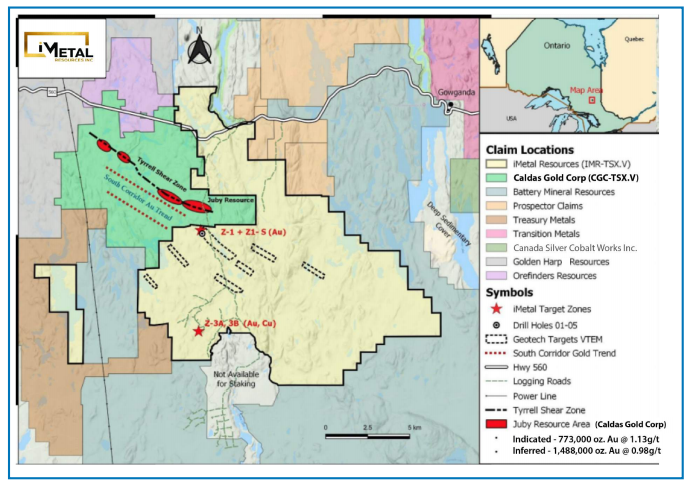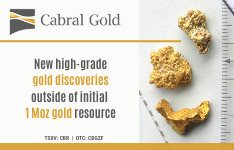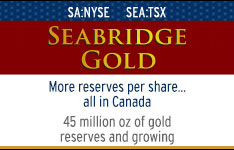Striking Gold in Tanzania
Source: Resource Investing News (12/21/10)
"The country has experienced a substantial rise in output of minerals."
Tanzania is the third largest producer of gold in Africa after South Africa and Ghana and is also well known for the Tanzanite gemstones. In addition to gold, the country has expansive amounts of natural resources including gas, uranium, diamonds, coal, iron ore, nickel, copper, chrome, tin, platinum, coltan, niobium, kaolin and other minerals.
Tanzania has long been considered one of the oldest known continuously inhabited areas on Earth, with remains of fossilized pre-human hominids and humans having been found dating back over two million years. Given the considerable historic setting, gold exploration and mining has been a relatively recent development.
Each year the World Bank creates an index to monitor 183 countries in order to calibrate the relative complexity and difficulty of doing business within national jurisdictions. This index averages the country's percentile rankings on 9 metrics, made up of a variety of indicators, giving equal weight to each topic. Tanzania placed 32nd in the world, well within the top quartile and ahead of many prolific gold producing countries.
Tanzania remains in the lowest 10% of global economies in terms of per capita income; however, the country has endured the recession relatively well. The World Bank, bilateral donors and the International Monetary Fund (IMF) have provided funds to rehabilitate Tanzania's aging economic infrastructure and to alleviate poverty. Long-term growth through 2005 featured a pickup in industrial production and a substantial increase in output of minerals led by gold. Recent banking reforms have helped increase private sector growth and investment. Solid macroeconomic policies combined with continued donor assistance supported a positive growth rate, despite the world recession.
Tanzania has long been considered one of the oldest known continuously inhabited areas on Earth, with remains of fossilized pre-human hominids and humans having been found dating back over two million years. Given the considerable historic setting, gold exploration and mining has been a relatively recent development.
Each year the World Bank creates an index to monitor 183 countries in order to calibrate the relative complexity and difficulty of doing business within national jurisdictions. This index averages the country's percentile rankings on 9 metrics, made up of a variety of indicators, giving equal weight to each topic. Tanzania placed 32nd in the world, well within the top quartile and ahead of many prolific gold producing countries.
Tanzania remains in the lowest 10% of global economies in terms of per capita income; however, the country has endured the recession relatively well. The World Bank, bilateral donors and the International Monetary Fund (IMF) have provided funds to rehabilitate Tanzania's aging economic infrastructure and to alleviate poverty. Long-term growth through 2005 featured a pickup in industrial production and a substantial increase in output of minerals led by gold. Recent banking reforms have helped increase private sector growth and investment. Solid macroeconomic policies combined with continued donor assistance supported a positive growth rate, despite the world recession.


























































